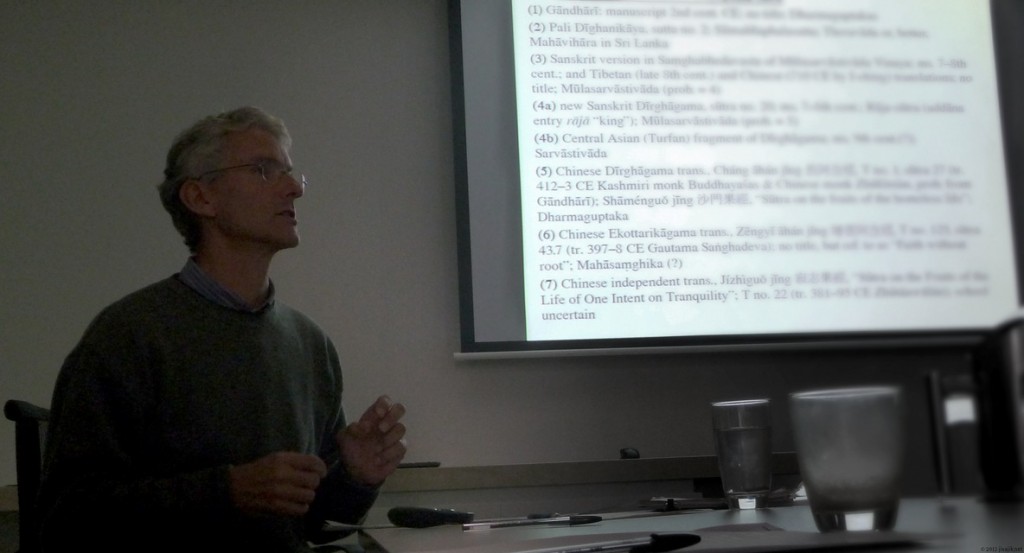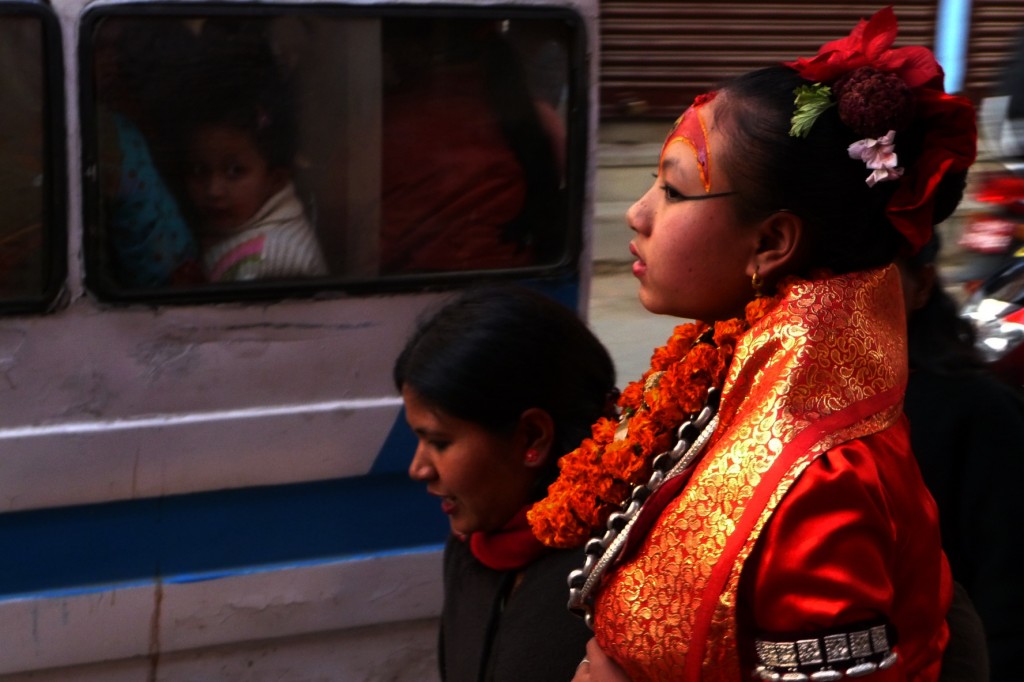John N. Miksic. 29 January 2019. ‘What More Can Archaeology Tell Us About Singapore’s Past?’ Lecture in the series ‘1819 and Before: Singapore’s Pasts’, commemorating Singapore’s bicentennial anniversary. ISEAS-Yusof Ishak Institute, Singapore. [official info]

Abstract
This month marks the 35th anniversary of Singapore’s first archaeological excavation and the 200th anniversary of the arrival of the British under Sir T.S. Raffles. Since then, over half a million artefacts have been recovered from Singapore. These cover two periods: the Temasek era (14th to 16th century) and the Singapore era (1819-present). The artefacts from these excavations have succeeded in proving that Singapore had a sophisticated multicultural society and complex economy before 1350. Continue reading “Miksic (2019/1/29), What more can archaeology tell us about Singapore’s past?”




